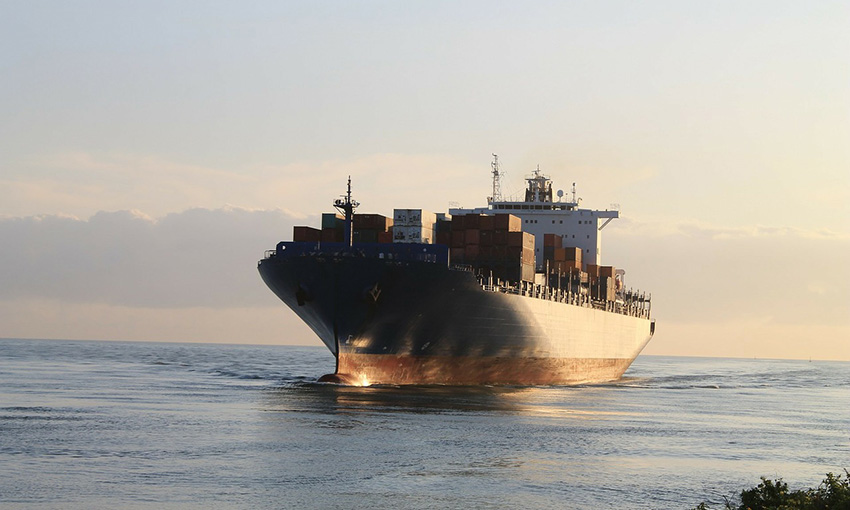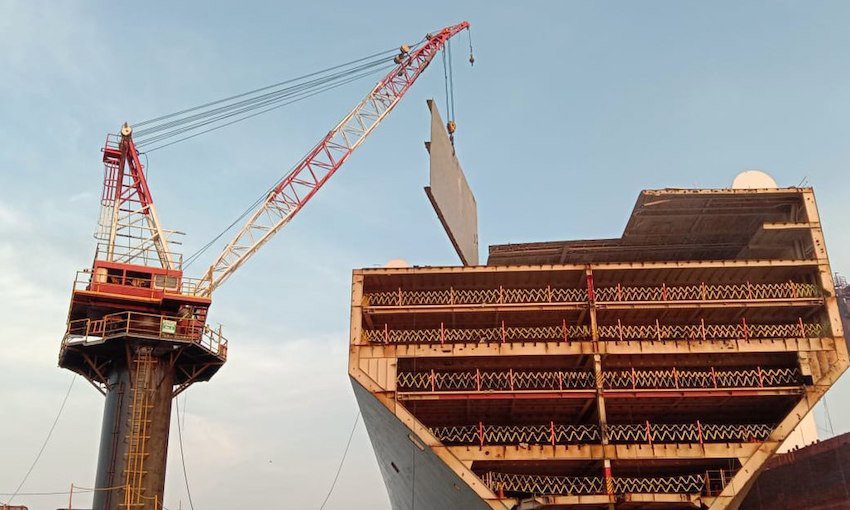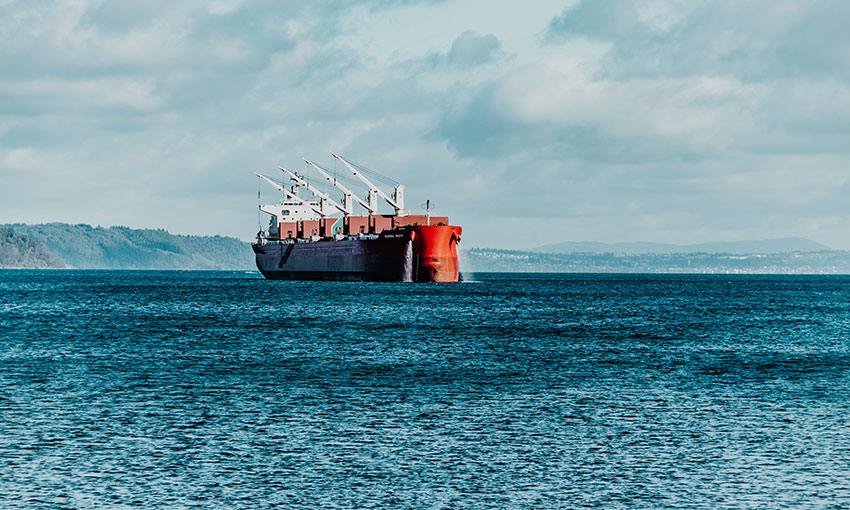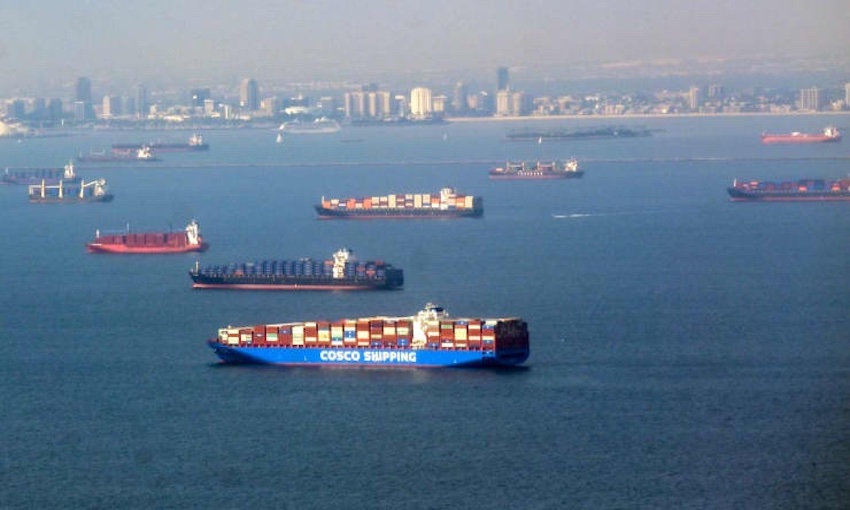THE LATEST shipping market overview and outlook from BIMCO indicates the container market is on track to normalisation.
Shipping association BIMCO publishes shipping market overviews and outlooks each quarter. The latest report is for the fourth quarter of 2022.
It explores a return to normal for the container market and prospects for laid-up ships, longer hauls supporting strength in the tanker market and a slight improvement in supply and demand in the dry bulk market.
Container market
BIMCO said the container market remained on the path to “normalisation” over the two-and-a-half months since the organisation published its last report.
Rates and prices have reportedly been driven down by lower demand and increased supply due to reduced congestion.
In September, head-haul volumes were down 15.5% on last year, while regional and back-haul trade volumes fell by 0.7% and 5.9% respectively.
BIMCO said trans-Pacific trade volumes drove the strong market during the last two years but equally led the losses in September.
Trans-Pacific volumes dropped by 24.5% year-on-year in September and were 3.8% lower than in September 2019.
While demand prospects are muted, BIMCO expects ship supply to grow significantly faster than demand.
“We forecast that the supply/demand balance will worsen in each of the coming two years,” BIMCO chief shipping analyst Niels Rasmussen said.
“If our predictions are correct, the imbalance between ship demand and ship supply could grow by about 1 million TEU in both 2023 and 2024.”
Tanker market
Mr Rasmussen said dirty and clean tanker trades have taken slightly different paths since BIMCO published its September report.
“A rebound in the dirty tanker trade has led the Baltic Exchange Dirty Index to increase by 64% since our last report from mid-September,” he said.
“The clean tanker trade has seen the Baltic Exchange Clean Index increase by 21%.”
Minor increases in oil production and consumption combined with increased refining capacity in oil producing countries led BIMCO to forecast cargo demand growth in 2023 of 0.5% to 1.5% in the crude tanker market and 2% to 3% in the product tanker market.
Mr Rasmussen said BIMCO has projected cargo demand growth of 0.5% to 1.5% in both markets in 2024.
“The EU’s forthcoming ban on Russian oil and oil products is expected to increase average haul in both markets by 3-4% in 2023 and add to overall demand growth,” he said.
“Overall, we still expect solid improvements in trading conditions for both tanker markets in 2023, followed by minor improvements in 2024.
“Nevertheless, risks to cargo demand remain but are more likely to temper improvements than eliminate them.”
Dry bulk market
BIMCO said the Baltic Exchange Dry Index remained low in the fourth quarter of this year due to congestion easing and weak demand in China.
So far in the fourth quarter, the Baltic Exchange Dry Index has averaged around 1592 points, a significant slowdown since the first half of 2022, according to BIMCO.
“We expect the supply/demand balance to improve slightly in both 2023 and 2024,” Mr Rasmussen said.
He said BIMCO forecasts weak growth in cargo demand in 2023 in the 0% to 1% range while growth in 2024 may increase to between 2% and 3%.
“We expect the demand side to stagnate during the first half of 2023 due to poor economic conditions, with the effects of this possibly spilling over into the second half.
“In this forecast we assume that the phasing out of China’s zero-Covid policy and the recovery of its property sector will be gradual, but we acknowledge that if the government decides on a sizeable stimulus, market conditions could improve significantly.
“With a weak demand side, congestion should remain low in 2023, around the 2022 yearly average, while congestion will be largely influenced by supply shocks.”
Mr Rasmussen noted weather conditions could continue to be a disrupting factor as La Niña continues into its third consecutive year, affecting mining in Australia and Brazil.





